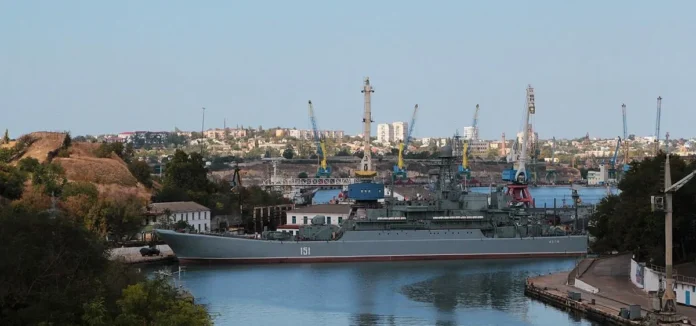Last week, the Ukrainian military claimed it struck—presumably with British-made Storm Shadow missiles or similar, French-made SCALP-EGs launched by Sukhoi Su-24 bombers—two Russian navy landing ships at their berths in Sevastopol, in Russian-occupied Crimea, Forbes reports.


